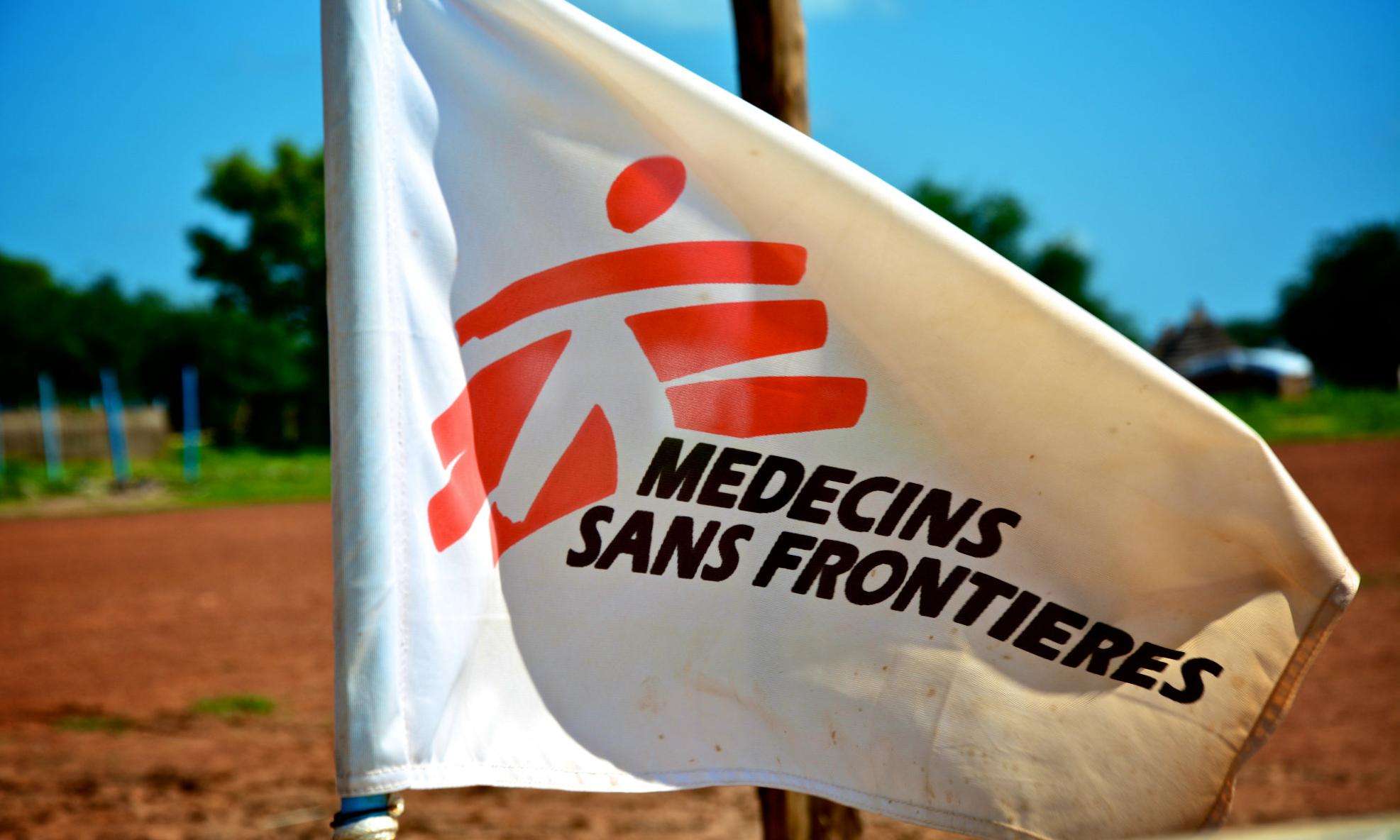Since February 2006, the Angolan capital of Luanda has been experiencing its worst
ever cholera epidemic, with an average of 500 new cases per day. The outbreak has
also rapidly spread to other areas; to date, 11 of Angola’s 18 provinces are reporting
cases.
The population of Luanda has doubled in the last ten years, and most of this growth is
concentrated in slums where living conditions are appalling. Despite impressive
revenues generated from oil and diamonds, there has been virtually no investment in
basic services since the 1970s and only a privileged minority of the people living in
Luanda have access to running water. The rest of the population get most of their water
from a huge network of water trucks that collect water from two main points (Kifangondo
at Bengo River in Cacuaco, and Kikuxi at Kuanza River in Viana) and then distribute it all
over the city at a considerable profit. Water, the most basic of commodities, is a lucrative
and at times complex business in Luanda, with prices that vary depending on demand.
Without sufficient quantities of water, and given the lack of proper drainage and garbage
collection, disease is rampant in the vast slums. This disastrous water and sanitation
situation makes it virtually impossible to contain the rapid spread of the outbreak.
Doctors Without Borders/Médecins Sans Frontières (MSF) is already working in ten
cholera treatment centers in Luanda, and may open more in the coming weeks. Out of
the 17,500 patients reported in the city (the figure for all of Angola is 34,000), more
than14,000 have been treated in MSF centers.
Despite significant efforts to ensure that patients have access to treatment, very little has
been done to prevent hundreds more from becoming infected.
To view full pdf, click here.




